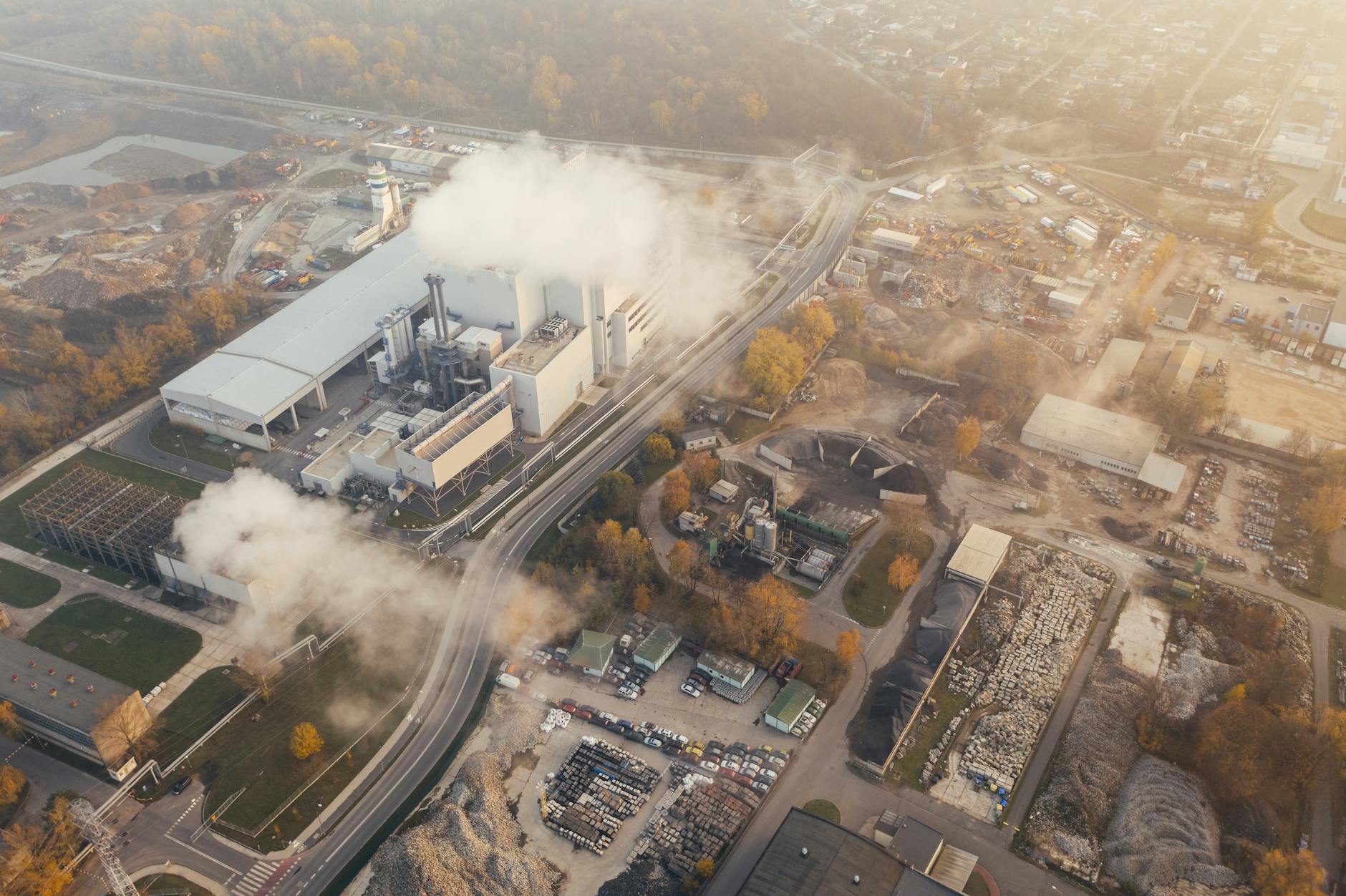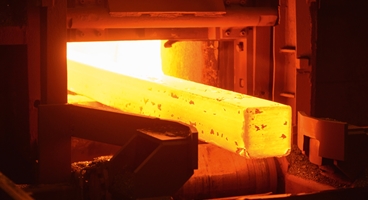Discover how carbon emissions can be stored and converted into valuable products, while exploring the by-products generated in the process. Take a step towards a greener future! As the world becomes more aware of the environmental impact of human activities, a growing emphasis is being placed on reducing carbon emissions. Carbon emissions, mainly in the form of carbon dioxide (CO2), are a major contributor to climate change and global warming. However, what if we could turn this problem into a solution? Let’s explore with MetaTechX Engineers how carbon can be stored and converted into useful products, while also discussing the by-products that can be obtained in the process. Meta Blogs
Carbon Storage: From Emission to Sequestration
What is Carbon Sequestration?
Carbon sequestration is the process of capturing and storing carbon dioxide from the atmosphere. This can be achieved through various methods, such as:
- Geological Sequestration: Carbon dioxide can be injected deep into underground geological formations, such as depleted oil and gas fields or saline aquifers. These formations act as natural storage spaces, trapping the CO2 and preventing its release into the atmosphere.
- Biological Sequestration: Plants naturally capture and store carbon dioxide through photosynthesis. Afforestation and reforestation projects aim to increase the presence of trees and vegetation, thereby increasing carbon storage. Additionally, agricultural practices, such as conservation tillage and cover cropping, can enhance carbon sequestration in soils.
- Direct Air Capture: This emerging technology involves capturing carbon dioxide directly from the air using specialized equipment. The captured CO2 can then be stored or used in various applications.
Carbon Conversion: From Waste to Valuable Products
While carbon sequestration is an effective way to reduce carbon emissions, another approach is to convert carbon dioxide into valuable products. By converting CO2 into useful materials, we can not only reduce emissions but also create opportunities for sustainable industries. Here are a few methods:
- Carbon Capture and Utilization (CCU): CCU technologies aim to capture carbon dioxide emissions and convert them into valuable products. This can be done through chemical reactions that transform CO2 into chemicals, fuels, or building materials. For example, CO2 can be converted into plastics, polymers, or even construction materials like concrete.
- Carbon Capture and Storage (CCS): CCS focuses on capturing carbon emissions and storing them underground to prevent their release into the atmosphere. While the primary goal of CCS is emission reduction, the stored carbon dioxide can be utilized in various industrial processes. For instance, CO2 can be used in enhanced oil recovery, where it is injected into oil wells to boost production.
- Bioenergy with Carbon Capture and Storage (BECCS): Combining bioenergy with carbon capture and storage is a powerful approach. Bioenergy facilities produce energy from organic materials while capturing and storing the resulting carbon dioxide. This not only reduces net emissions but also generates renewable energy.
By-Products: Unlocking Further Value
The process of carbon storage and conversion often yields valuable by-products. These by-products can be utilized in various industries, creating additional benefits. Some notable examples include:
- Methanol: During the conversion of carbon dioxide, methanol is often produced as a by-product. Methanol is a versatile chemical used in the production of various materials, such as plastics, adhesives, and paints.
- Carbon Black: Carbon black is a fine powder produced by the partial combustion or thermal decomposition of hydrocarbons. It finds applications in the rubber industry, as a reinforcing agent in tire production, and in the production of plastic and electrical products.
- Synthetic Fuels: Through carbon capture and utilization, CO2 can be converted into synthetic fuels, such as methane or methanol. These fuels can serve as alternatives to traditional fossil fuels, reducing the dependence on non-renewable resources.
In conclusion, addressing carbon emissions is a critical step in combating climate change. However, by exploring the potential of carbon storage and conversion, we can turn this problem into an opportunity. Through innovative technologies and approaches, we can not only reduce emissions but also transform carbon dioxide into useful products and create a greener and more sustainable future.




